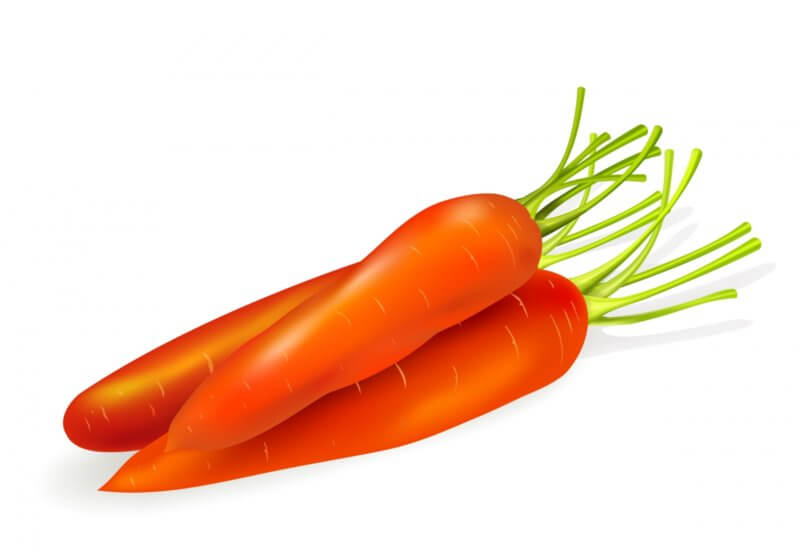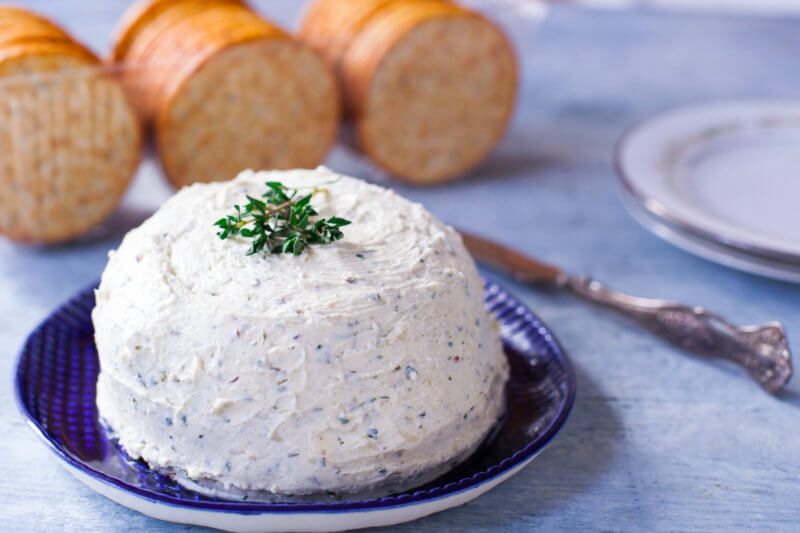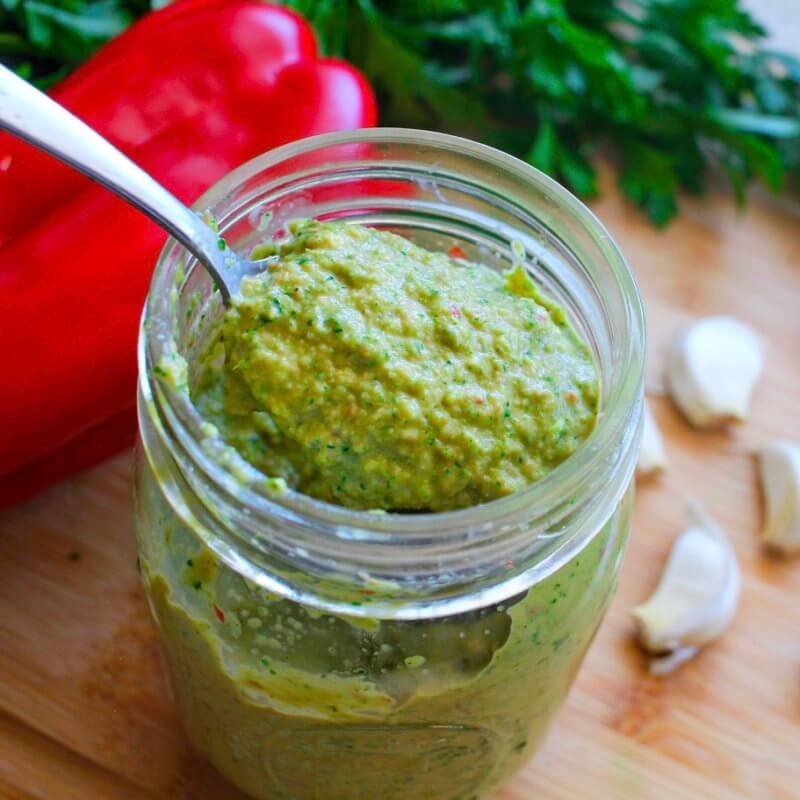[ad_1]
By Joan Weed, contributor
One of the best gifts of summer in my mind is the presence of fresh herbs in my own garden or as offerings from local farmsteads. Oh, you can purchase all year long these days, but there is nothing like heading out the back door, snippers in hand, basket over arm, and choosing your own from the garden.
I thought I’d emphasize some of my favorite herb uses from years of experience and add some not-so-old uses. Gotta keep learning.
My favorite annual herbs (those that need replanting every year or that may grow from volunteers) are dill, basil, Italian flat parsley, chervil and summer savory.
Basil defines Italian dishes so often and it’s probably my favorite. I make pesto every year and freeze it. It is amazing as a sauce as is, or can be added to salad dressing for caprese salad or as seasoning for tomato sauce or ratatouille.
Dill is iconic in many Eastern European dishes and notably pickles, potato salad and cucumber salad.
I love chervil in a green salad.
Savory is fairly new to my repertoire and I’m still trying it out. Worthy of growing, in my opinion. It has a nice sharp flavor.
Notice I didn’t mention cilantro. I am one who doesn’t care for it, but if you love it, it falls in this category. I do use it for salsa if canning because it isn’t pronounced when mixed in.
Perennial herbs are valuable in that they will survive, come back year after year and often can even be harvested under snow. They are more difficult to establish. I usually buy plants for a head start. My choices are rosemary (needs protection in winter), sage, thyme, winter savory, tarragon, chives and horseradish.
The annuals can be started from seed quite easily.
Parsley needs a head start as germination can take as much as 21 days. Soaking the seeds helps.
The others can be seeded directly into your garden. I’m not sure if shallots and garlic fall into the “herb” category but they are essential summer crops too. Both are alliums but very distinct in flavor. I use both liberally in my savory cooking. I love leeks also for their unique addition to soup.
As I have said before, garlic bulbs are planted in fall when other bulbs go in the ground. After overwintering, they spring out of the ground early. Harvest will be late July. I love the variety called music and usually a German variety. Shallots appear more often in French recipes and offer a different, milder allium taste.
As simple as these sound, they are spicy and offer a treat for cocktail hour.
Leann’s Hot Carrots
2 pounds of raw carrots
1 cup vinegar
1 cup vegetable oil
8-10 cloves of garlic (crushed)
2 tablespoons of seasoned salt (like Lowry’s or other herb salt)
Minced fresh parsley
 Cut carrots into thin short sticks. Mix other ingredients except parsley. Place carrots in marinade and chill covered overnight. (Two nights for an even stronger flavor.) Stir carrots every few hours. Drain and sprinkle with parsley and serve!
Cut carrots into thin short sticks. Mix other ingredients except parsley. Place carrots in marinade and chill covered overnight. (Two nights for an even stronger flavor.) Stir carrots every few hours. Drain and sprinkle with parsley and serve!
Compound Butters
Soften sticks of unsalted butter. Mix in finely chopped herbs of your choice. On parchment or waxed paper, form a log of prepared butter. Roll tightly and twist ends. Place in sealed container or baggie and freeze. When needed, slice off as much as your recipe calls for and refreeze. Make combinations or single varieties.
Basil Pesto 2 cups of packed fresh basil leaves, stems removed
2 cups of packed fresh basil leaves, stems removed
2 large cloves garlic, peeled
1/4 cup pine nuts
1/4 cup grated Parmesan or Romano cheese
Olive oil, enough to make a smooth, fluid paste.
Pinch of salt
Place all ingredients except oil in food processor or blender. Slowly drizzle oil into mixture as it mixes. Consistency is up to you.
It can be frozen for months. One suggestion is to place prepared pesto in a freezer-proof bag. Flatten bag, seal, label and freeze. Break off a piece for use and reseal for storage.
Boursin
1 8-ounce block of cream cheese
2 medium cloves garlic, pressed
About 2 tablespoons of your favorite fresh herbs, such as thyme, sage, oregano, savory or dill, finely chopped.
 Blend all together with a fork and refrigerate to marry flavors. Use as a spread on raw vegetables, crackers or melted on hot veggies. Let come to room temperature for serving.
Blend all together with a fork and refrigerate to marry flavors. Use as a spread on raw vegetables, crackers or melted on hot veggies. Let come to room temperature for serving.
This is also a nice addition to scrambled eggs or an omelet.
Haitian Epis
For the more adventurous cooks, I’ve learned of an herb concoction from Haiti, which sounded delicious. One of my correspondents on a food page mentioned he hadn’t made “epis” in a while. I had to look it up.
The name comes from the French “épiceries,” meaning spices or groceries. The sauce is commonly used in nearly every savory Haitian dish.
A sort of pesto of vegetables, herbs and garlic. There were many variations within my search. Here’s a place to start. Be flexible, as this is one of those familial favorites. A jar is kept in the fridge in most homes. Use as a condiment, ingredient or marinade. It’s often served on rice.
 2 cups of fresh parsley
2 cups of fresh parsley
1 red bell pepper, chopped
1 green bell pepper, chopped
1 bouillon cube (chicken or vegetable), crumbled
1 teaspoon of ground cloves
Several cloves of garlic
1 teaspoon of dried thyme (more if fresh)
Olive oil
(Other possible additions are onion, cilantro, hot pepper, vinegar for shelf life, and lime juice.)
In a food processor or blender, mix all the ingredients, adding olive oil in a stream. If end result is too thick, small amounts of water can be used to thin. Store 7-10 days in the refrigerator.
[ad_2]
Source link

